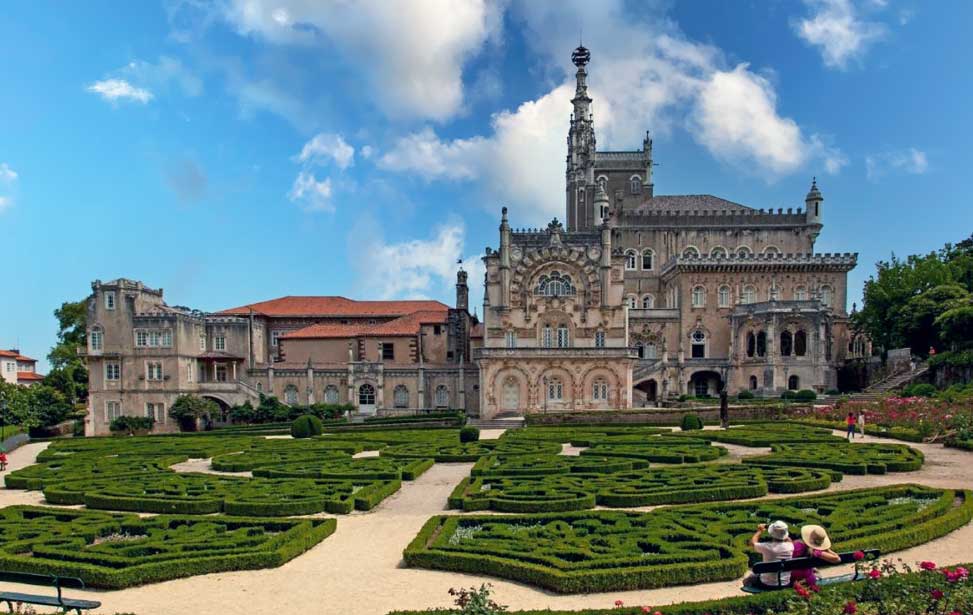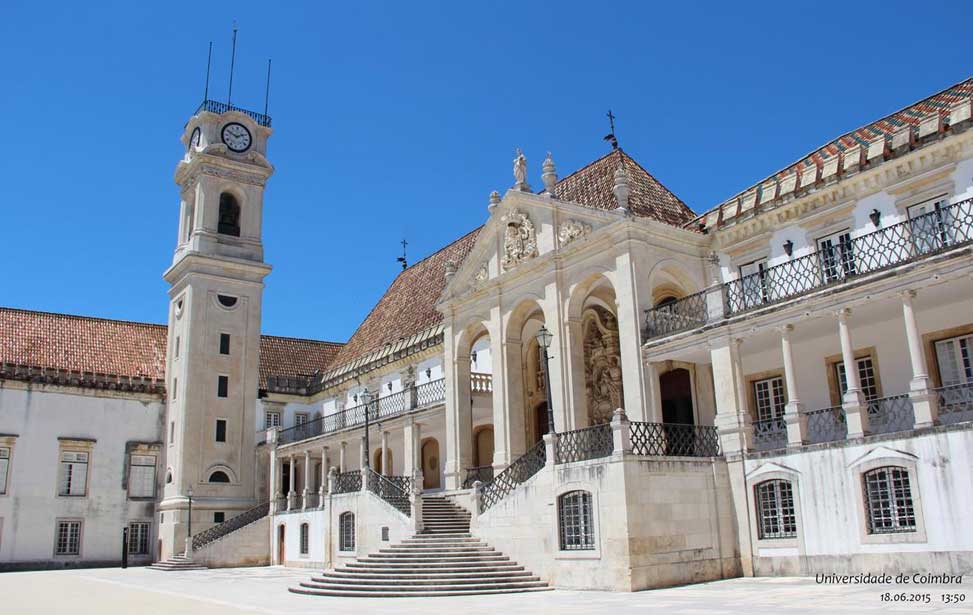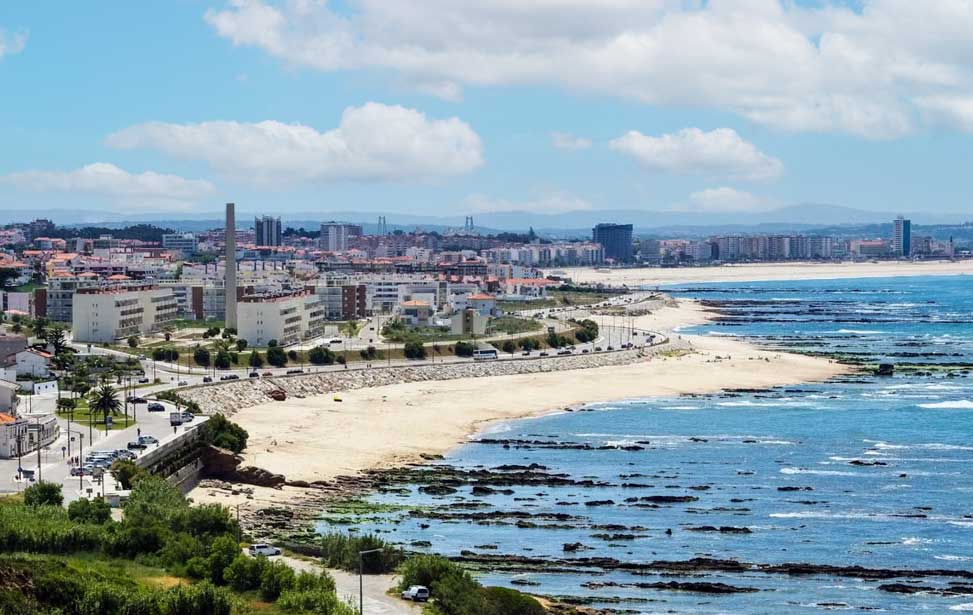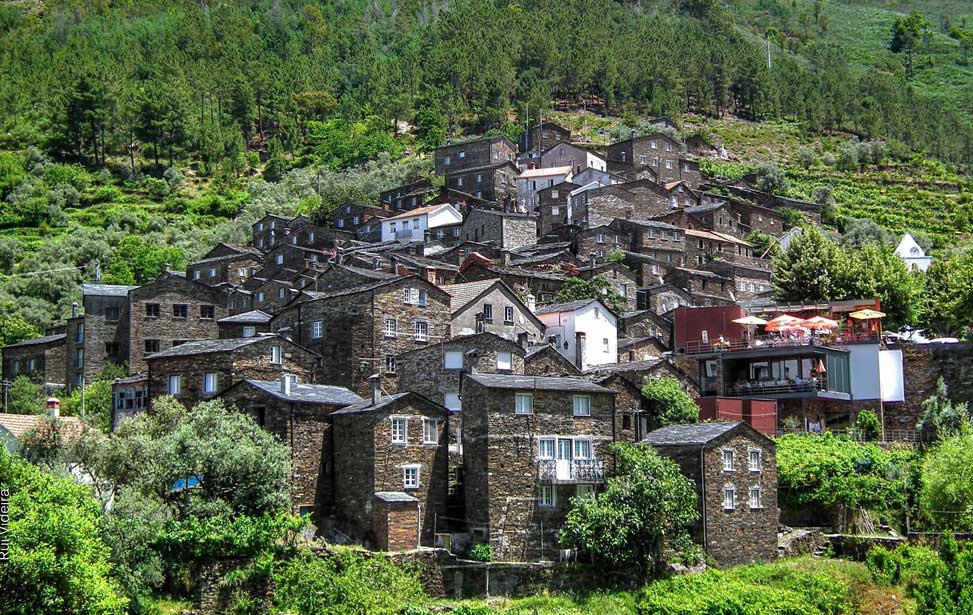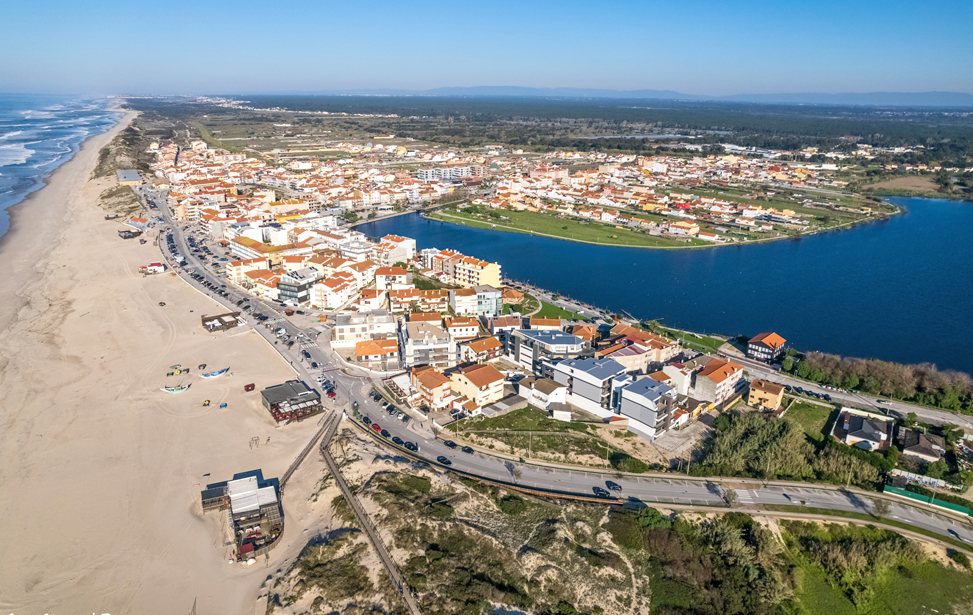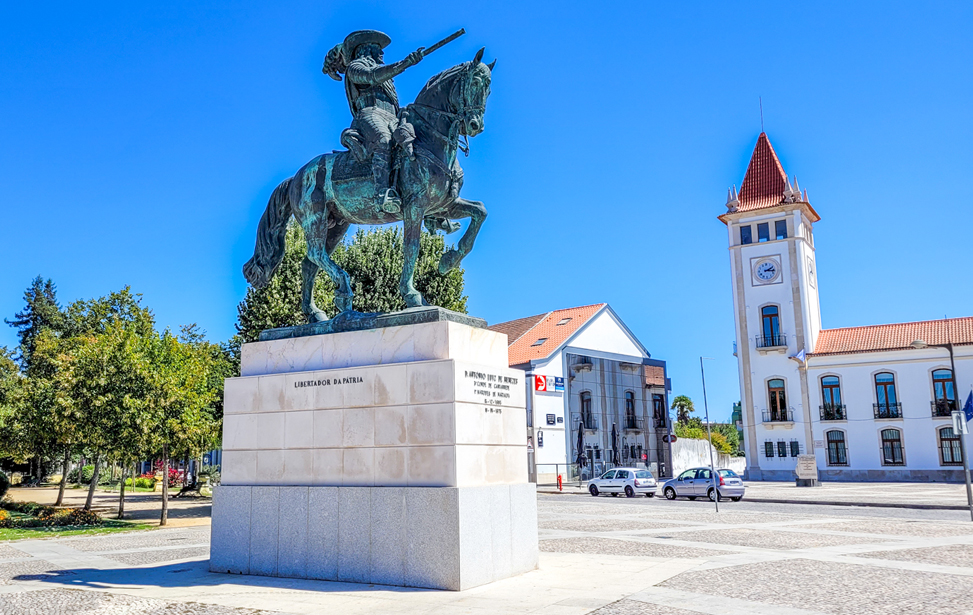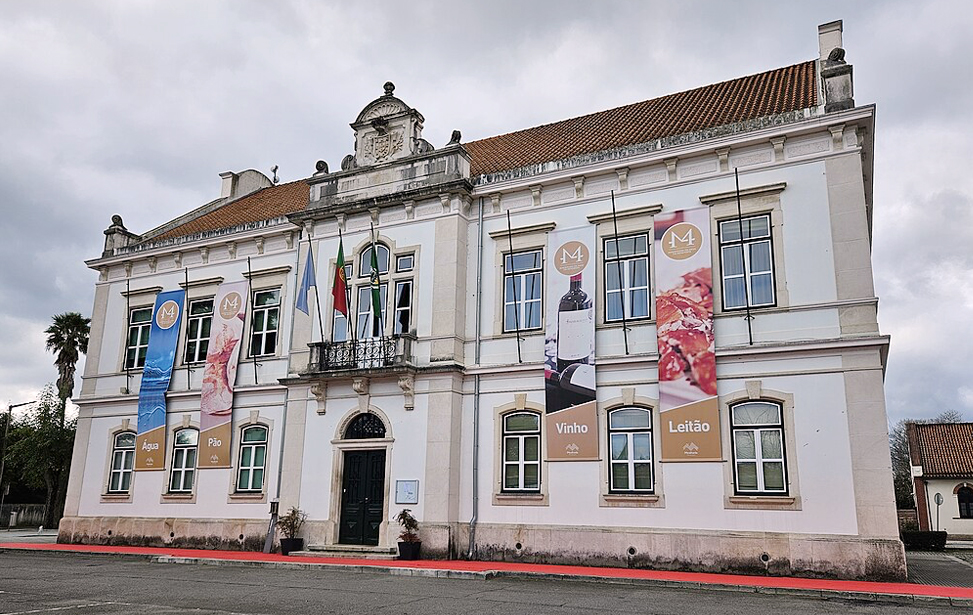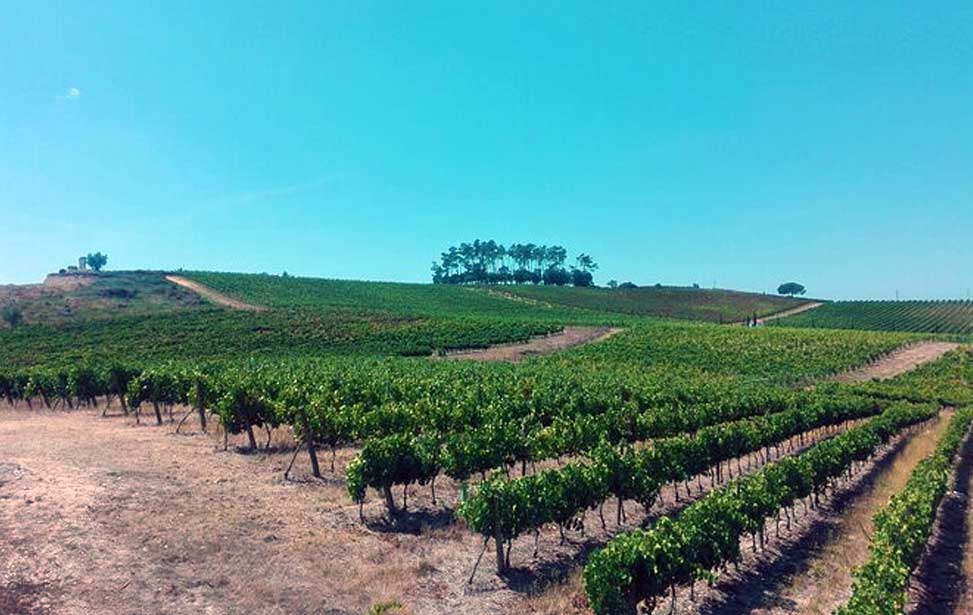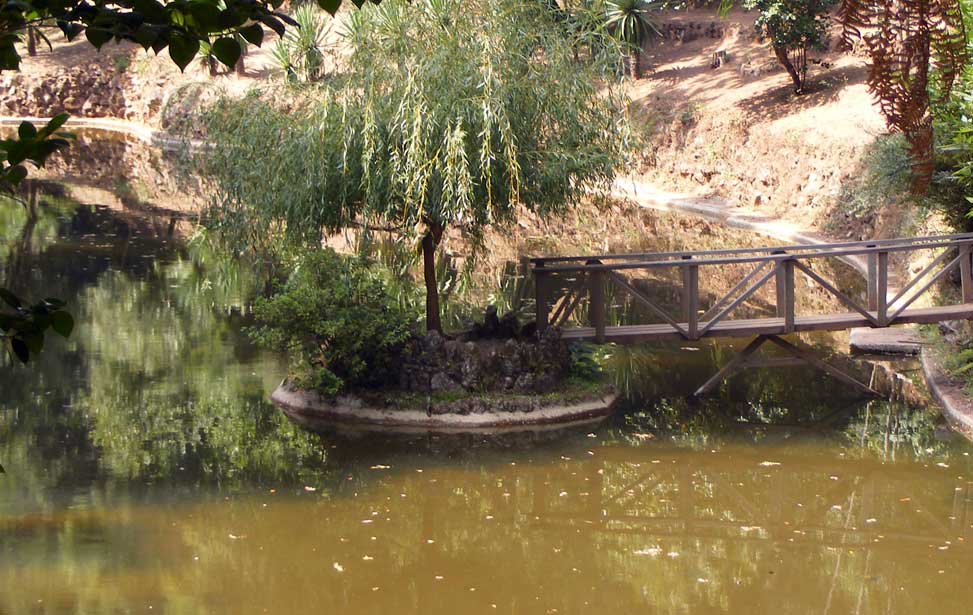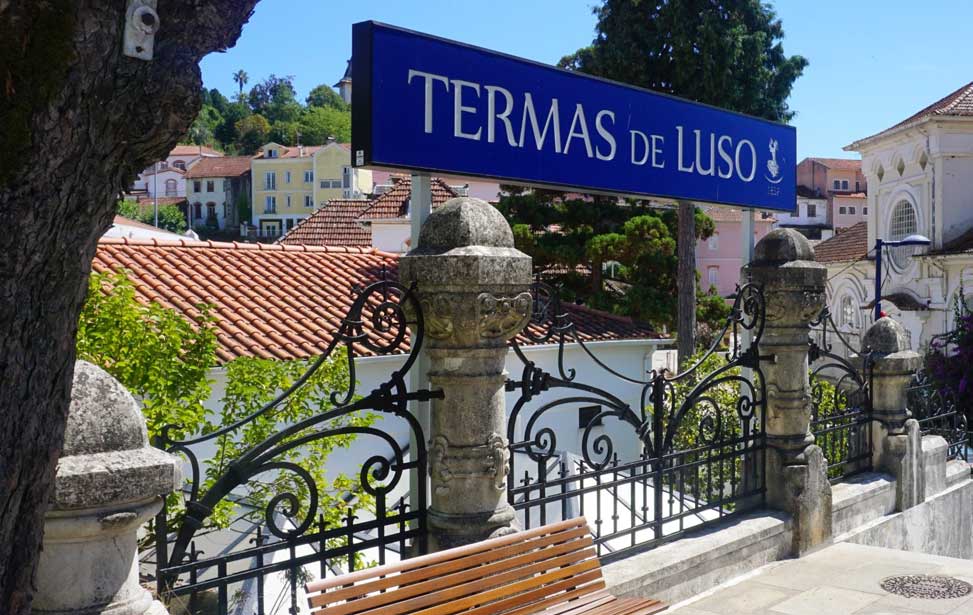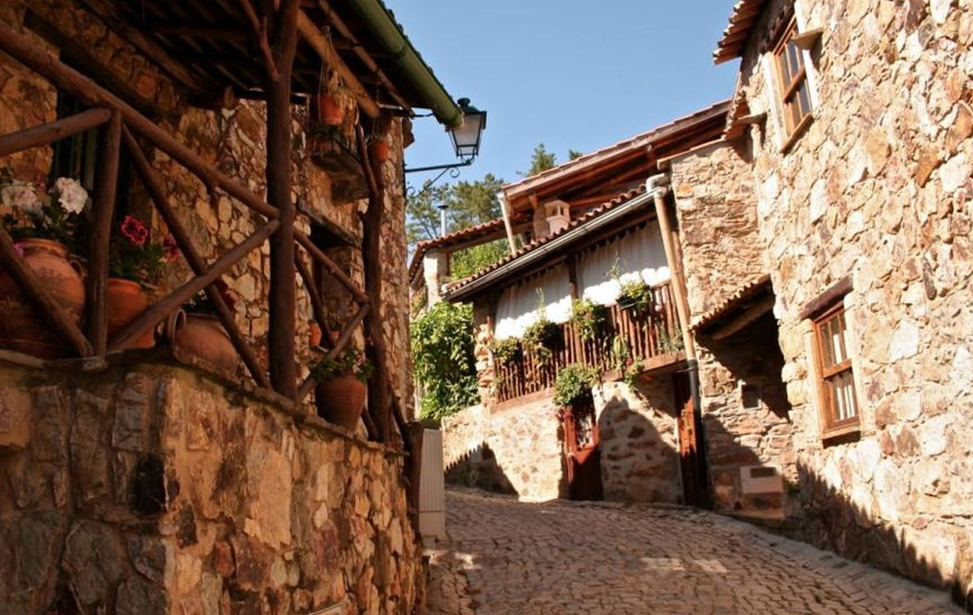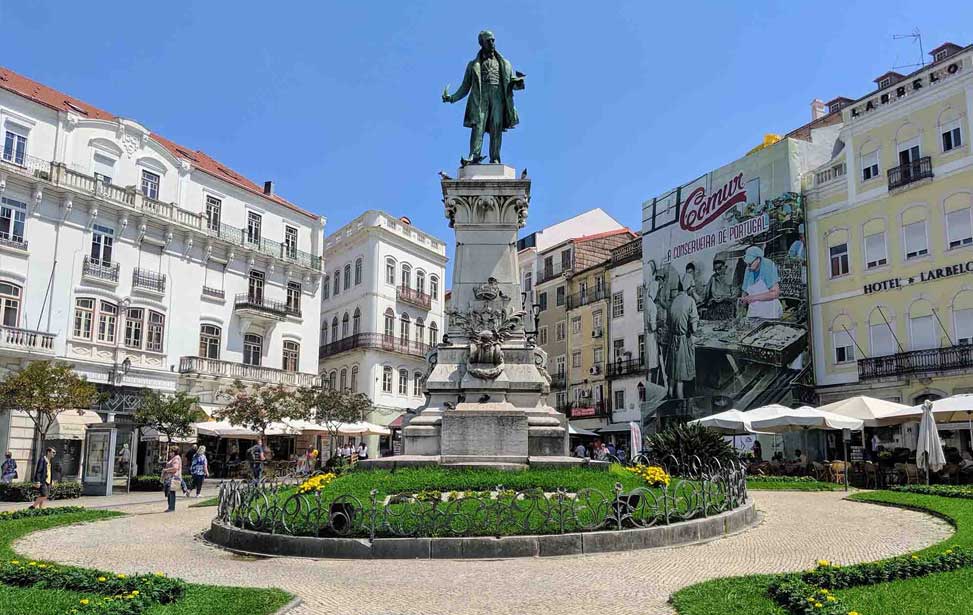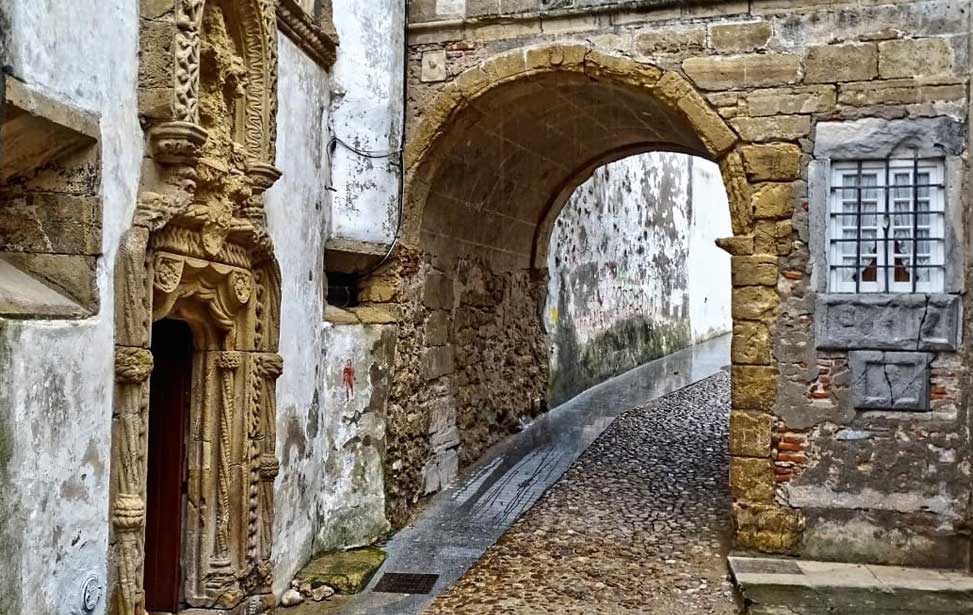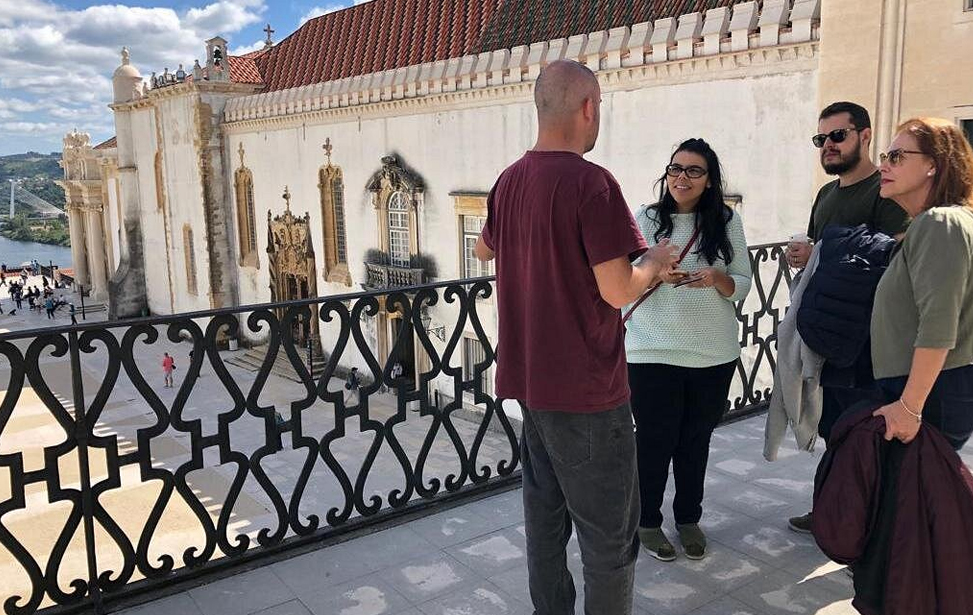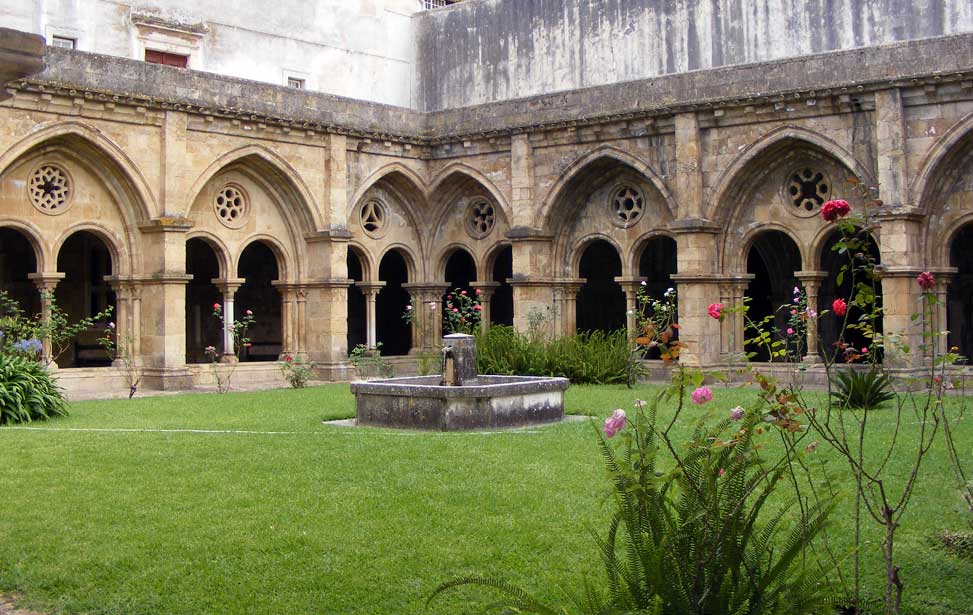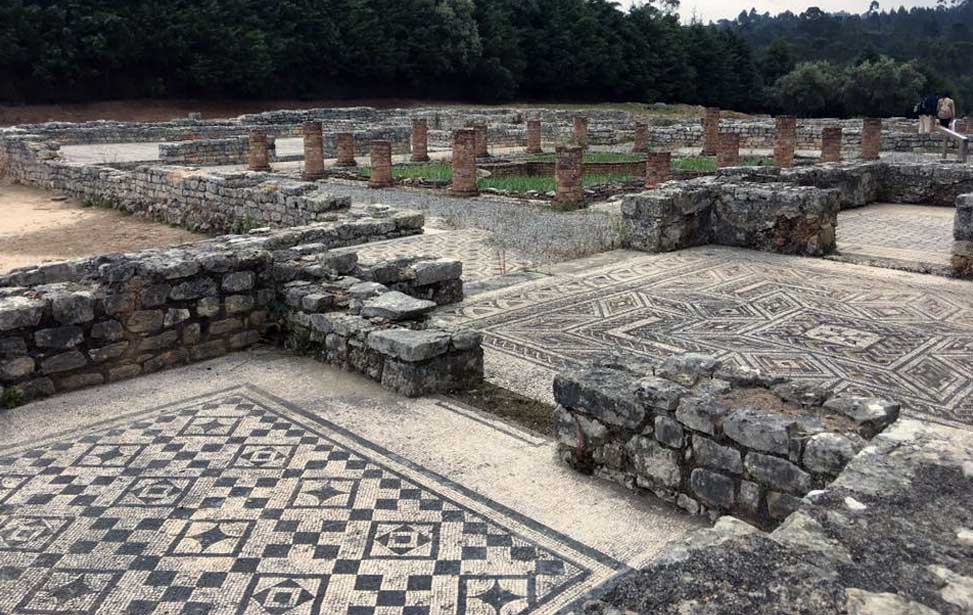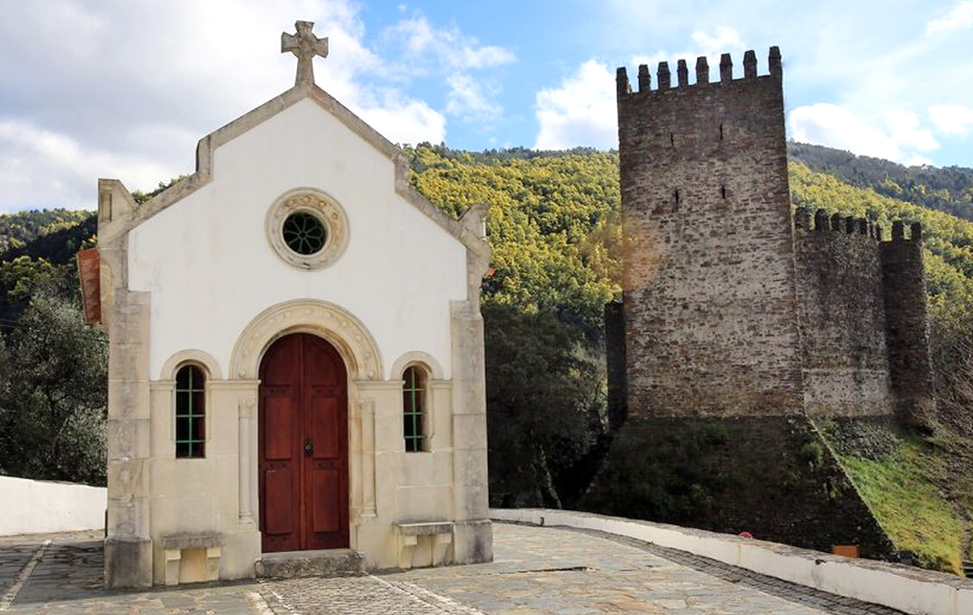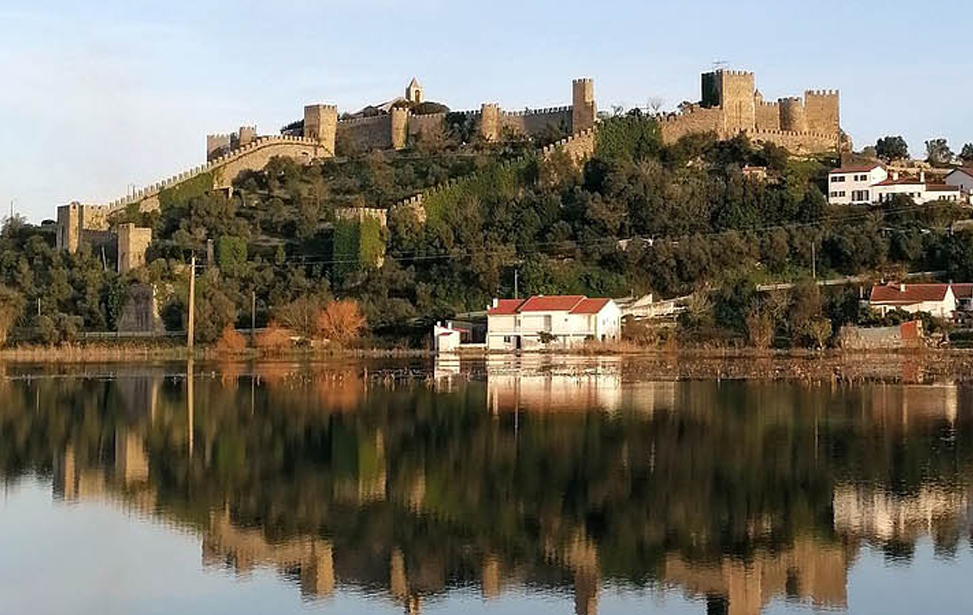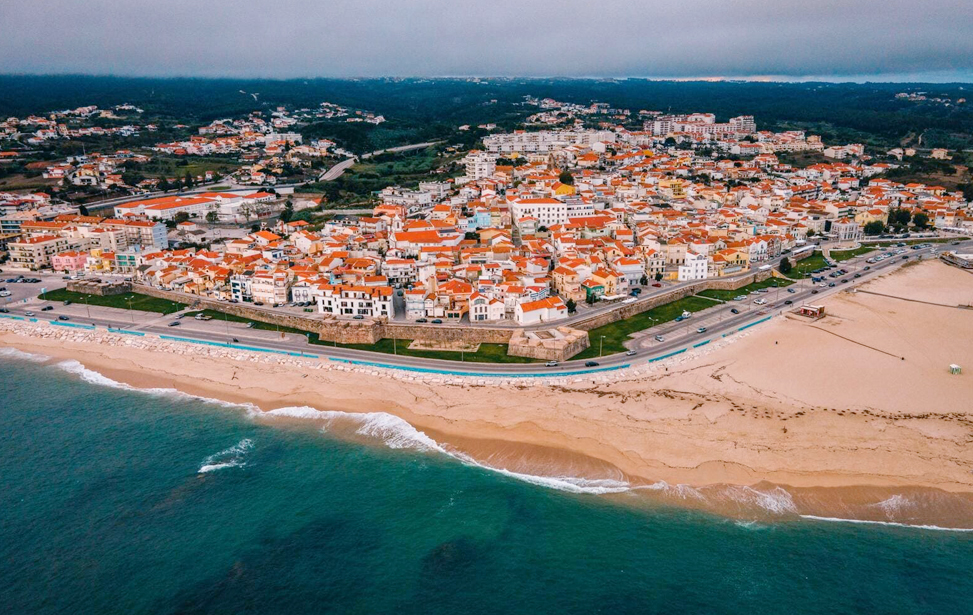On the northern slopes of the Serra do Buçaco mountain 25km (15.5 miles) north of Coimbra, lies the Parque Nacional do Buçaco (formally "Bussaco"), a forest sanctuary cultivated by Carmelite monks since the 17th century. Buçaco is famed for its scenic beauty and richness of vegetation. Within the three-mile-long perimeter, a network of footpaths takes you through 105ha/260 acres of the semi-cultivated park that leads past picturesque fountains, ponds, chapels, follies, and amazing vistas. Cars are allowed through the three entrances of Porta das Ameias, Porta da Serra or Porta da Rainha, and all roads lead to the magnificent Palace Hotel do Buçaco. [ More About ► ]
Buçaco Palace
At the heart of the park, surrounded by flowerbeds complete with a garden maze, stands the former summer residence and hunting lodge of Dom Carlos I. Built between 1888 and 1907 by the Italian architect Luigi Manini in an impressive Neo-Manueline style. It is an architectural folly, with influences from Lisbon's Jeronimos Monastery, Venice's Doge's Palace, and Bavaria's Graustark Palaces, consisting of galleries with flamboyant arches, armillary spheres, turrets, and spires.
Buçaco Palace Hotel
The individually decorated rooms have a classic décor and a satellite TV for a modern twist. They all include period furniture, ranging from 18th-century to Art-Nouveau pieces, and some rooms overlook the hotel’s extensive gardens.
Book Online ►










